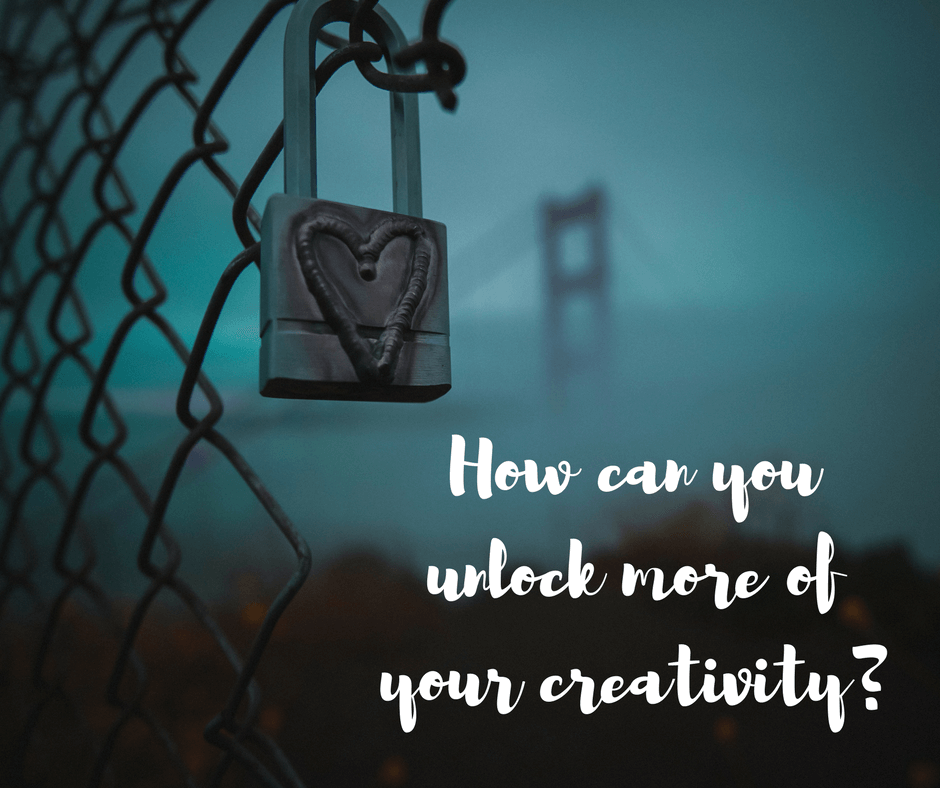Creativity isn’t a superpower some people have and others don’t. Creative thinking is a habit–actually a collection of habits–developed over time. Writerly Play is a toolkit to help you understand and master those habits. Before we dive into the specifics of Writerly Play, let’s explore where this toolkit comes from and why it is necessary.
Imagine how you might learn to play the guitar.
You could pick the guitar up and strum. Practicing intuitively, you’d pick up a mix of good and bad habits as you went. Ultimately, you’d reach a plateau. It would be all too easy to believe yourself a mediocre player. You might give up, or settle for your limited skill set.
From the outside, we can see the mistaken belief and clear solution. Musicians need to learn the building blocks of their instruments. The problem isn’t that you are a poor player, but rather that you learned in the wrong way.
We need to learn the building blocks of creative thinking.
Like our guitar player, most adults have a few highly developed creative skills, counterbalanced by at least one blind spot. This blind spot is the source of much frustration. In mild cases, it can cause annoying creative blocks, but more often, we point to our blind spots–or at least the trouble caused by those blind spots–as proof that we aren’t creative, or aren’t creative enough.
To this lie, I emphatically shout, “UNTRUE!” Untapped creative energy festers. It becomes criticism, frustration, and even destructive action. On the flip side, when individuals find creative flow, families, schools, neighborhoods, and businesses are transformed.
For as long as I can remember, I’ve been fiercely pursuing this question: How can I unlock more of my creativity? I’m not one to moon around wishing I were more creative without taking action. Whenever I feel that pang of jealousy–you know the one, it invariably strikes when we see a seeming genius–I ask myself, “What are they doing that makes them creative?”
I set out to understand what creative people do.
Throughout my life, I’ve trained as an actress, a musician, a dancer, a director, a visual artist, an author, an educator and an entrepreneur. I’ve taught those subjects, as well. Teaching forced me to break art forms into respective skills. Over time, I began to see an important pattern. Each art form has its own language and key skills, but success in any medium requires mastery of a set of foundational abilities.
Creativity involves agility in these skills, as well as the flexibility to move fluidly between them. Or, put another way, highly creative people know what kind of thinking they need to be doing at different stages of the process. Those seeming geniuses move between modes of thinking intuitively. What excellent news for the rest of us! In order to develop our creativity, we simply need to build this mental toolkit and learn how to use it.
Remember our guitar player? Unlearning bad creative thinking habits usually requires a frustrating month or two. What used to come easily takes focused mental effort.
We can drill, train and use our determination to push through. Or, we can play. Games offer the opportunity to struggle, but in a way that appeals to our spontaneous, joyful spirit. That’s what Writerly Play is—a framework to help you individualize, map and problem solve your creative process. Like a choose-your-own adventure story or an improv game, it has a loose structure that invites you to come on in and play.
Before we move on, reflect on your own creative experiences.
When have you felt most successful with your creative thinking? When have you felt stuck? Do you see any patterns? Jot down your thoughts or create a small mental collection.
In part two of The Nuts and Bolts of Writerly Play, we’ll dive in and explore the specifics of Writerly Play. Then, throughout the rest of the series, we’ll play with the toolkit.


